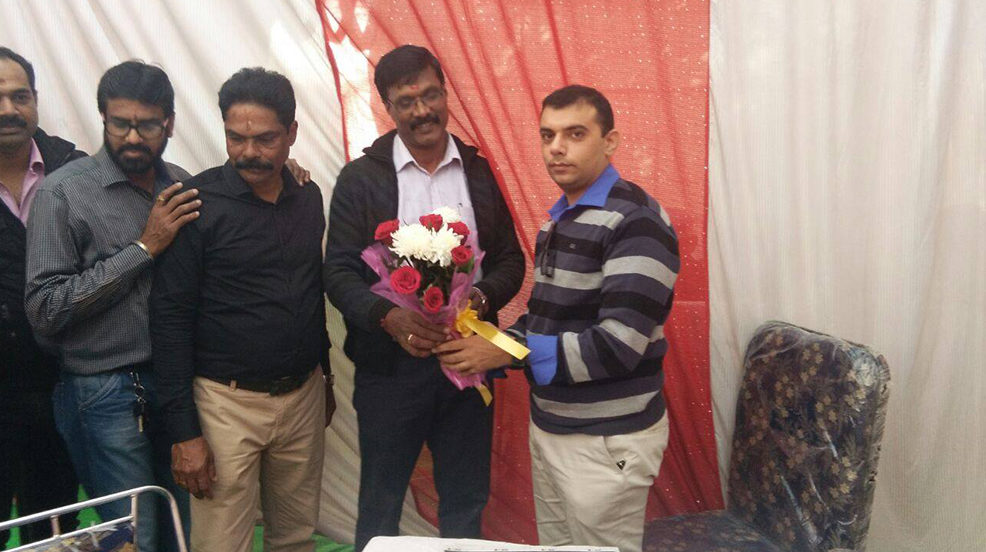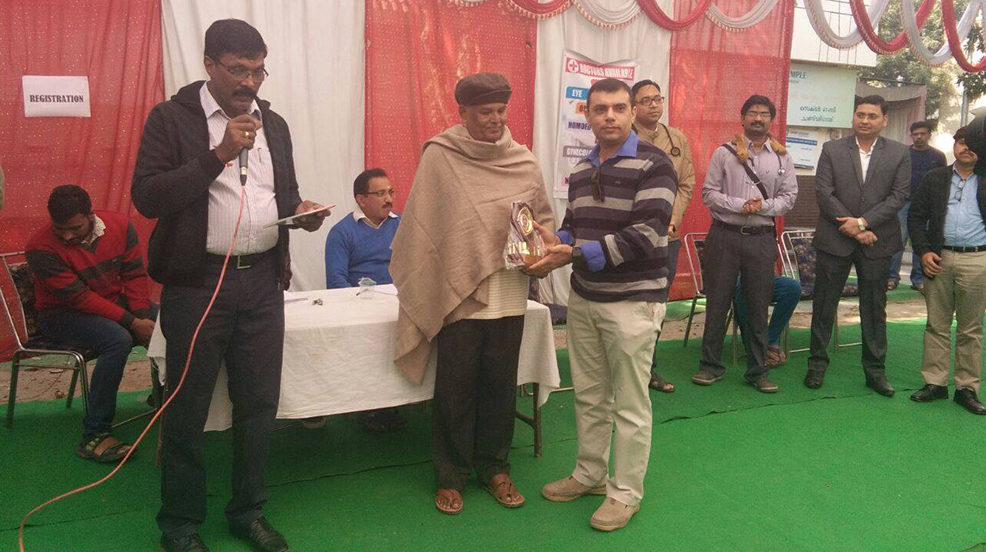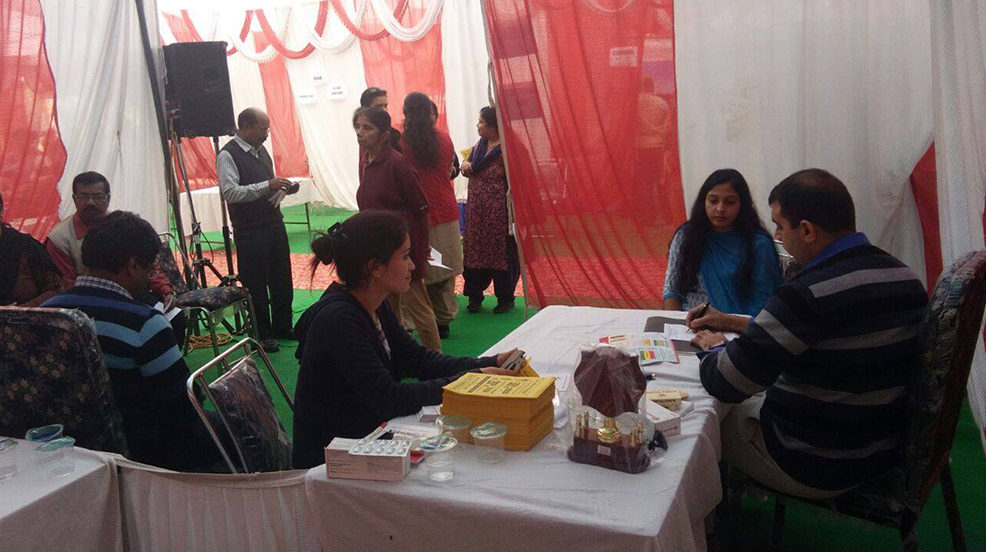Back pain, one of the most widespread medical conditions, can keep you from living a normal life. It can start with a dull ache and then switch to a sharp pain that shoots down the leg. Sometimes, it can come on suddenly such as from an accident or lifting something heavy or it can develop gradually due to age-related changes in your spine. Additionally, the inflammatory arthritis disorders can also trigger the back pain.
Types and Symptoms of Back Pain
Back pain can be described based on its location. It can be upper, middle, or lower back pain that occurs on the left, centre, or right side. It can also be described by how long it lasts. Figure out if your pain is mild, moderate, or severe.
Acute Pain – If the pain is acute, it is sudden and is often related to injury.
Chronic Pain – If the pain is chronic, it means that it has lasted more than six months.
Local Back Pain – The reasons for local back pain can be arthritis, degenerative spondylolisthesis, spinal disk degeneration, and spinal stenosis.
Radiating Back Pain – If your back pain is radiating, the various causes include infections, gallbladder inflammation, kidney infections and stones, liver problems, urinary tract infections, and much more.
In women, the reasons vary from endometriosis to uterine fibroids and pregnancy.
Causes
The weight of your upper body solely relies on your lumbar spine which is in the lower back. It is responsible for daily movements such as bending and helping the coordination of your muscles in the pelvis, hips, legs, and feet. Due to overuse, the bones, nerves, and disks found in your lumbar spine are more prone to injury and wear and tear, triggering pain in your lower back pain. Sometimes, straining a muscle or spraining a ligament can also cause lower back pain. However, the back pain due to sprain or strain is not long-lasting, taking anywhere from a few days to a few months. If you are feeling moderate to severe pain that does not go away with rest or medication, choose the Best Back Pain Specialist in Chandigarh. He will provide you with an appropriate treatment to relieve or alleviate your pain.
Other Causes of Lower Back Pain
Spinal Stenosis: – This condition occurs due to the narrowing of the spinal canal in your lower back which leads to pressure on the nearby nerve roots. It happens due to the formation of bone spurs or degeneration of a joint or lumbar disk. It can also trigger sciatica.
Spinal compression fracture: – It generally occurs due to osteoporosis in which a vertebra in your lumbar spine collapses. It further causes severe pain and limited spinal movement.
Herniated disk: – This condition occurs when the inner gel of one of the disks of your lumbar spine slips. It further allows the inner gel to put pressure on the surrounding nerves, leading to pain.
Symptoms include:
- Significantly worse pain in the morning.
- Sharp pain that starts from your lower back and shoots down your leg.
- Pain that worsens when you sit and recovers while walking.
Who is at higher risk for back pain?
- Those who do not exercise.
- Have an underlying medical condition such as cancer or arthritis.
- Prone to anxiety or depression.
- Lifting things using your back instead of your legs.
- Smoking as it can lead to herniated disks.
Prevention
- Working on your physical condition can help you prevent back pain
- Exercise regularly to increase the strength and endurance of your back. You can choose among low-impact aerobic exercises, walking, cycling, and swimming.
- Make lifestyle changes to maintain a healthy weight as being overweight can strain the back muscles.
- Quit smoking to reduce the chances of back pain
When to See an Orthopaedist
If your chronic back pain lasts for more than 12 weeks or if you are feeling difficulty in performing your daily tasks, call an orthopaedist right away. If you are in Chandigarh (Tricity), look no further than Dr. Manu Mengi. With an impressive medical background and years of practice in the field, he is the Best Doctor for Back Pain in Chandigarh. He makes his best effort to identify the source of back pain by performing physical examinations and diagnostic imaging such as MRI and X-ray to help his patients get rid of the pain.
Are you looking for a qualified and experienced orthopaedist for your Back Pain in Chandigarh? Make an appointment with Dr. Manu Mengi today. Bid goodbye to pain and welcome a brighter future under his expert care.





